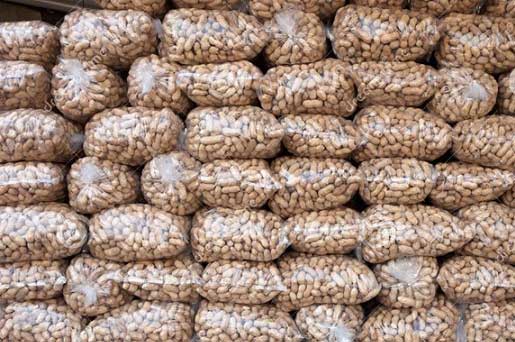Stacking of newspaper is a common sight in every home. And those who read magazines, often try to stack them gracefully, but they keep on slipping. And it becomes difficult to pile them up. Now, the question is why I am comparing magazine and newspaper? Newspapers usually have not so smooth surface. On the other hand, magazines have that shiny, glossy and smooth texture. The smoother a surface is, the more it is difficult to stack them. The friction, between a smooth surface, is very less thus initiates slippage. In packaging also, to protect the label prints from getting damaged they are covered with thin plastic film.
In fact, nowadays, the plastic packings are very much encouraged as they are cost effective than paper packings. In warehouses, the packets are often stacked over one another. If they keep on slipping, it would be difficult for the store manager to keep the packings safe. Here, packings with high friction are required. To assess the behaviour, of the final packing, it is always better to do the testing in prior. Co-efficient of friction or COF tester is used for the same. This is quite a simple device to operate but tells about a crucial aspect of a packaging material.
Standard operating procedure
There are two ways to perform this test. One is, a sample on sample and other is, a weight on the sample. A sample material is clamped on the platform of the machine. Another sample is tied to the square metal brick, weighing approximately 200 gms. This brick is attached to the assembly. An outward pull is applied on the brick and made to move on the sample clamped on the platform. The force applied to pull the brick will be used to calculate the coefficient of friction.
In another method, the brick is directly placed on the sample clamped on the platform of COF tester. The outward force is applied to the brick and again the coefficient of friction is calculated with respect to force applied to move the brick.
Features
- It is a table top machine and available in two models, dynamic and computerised.
- The testing speed is 150mm/min
- The weight of metal brick is 200 gms
- The capacity of machine is 3 kgf
- It has discrete LED display in dynamic model
- Data logging can be done in computerised model
- The whole body is made up of mild steel and powder coated for long shelf life
- ‘S’ type load cell sensor is used to measure the force applied
